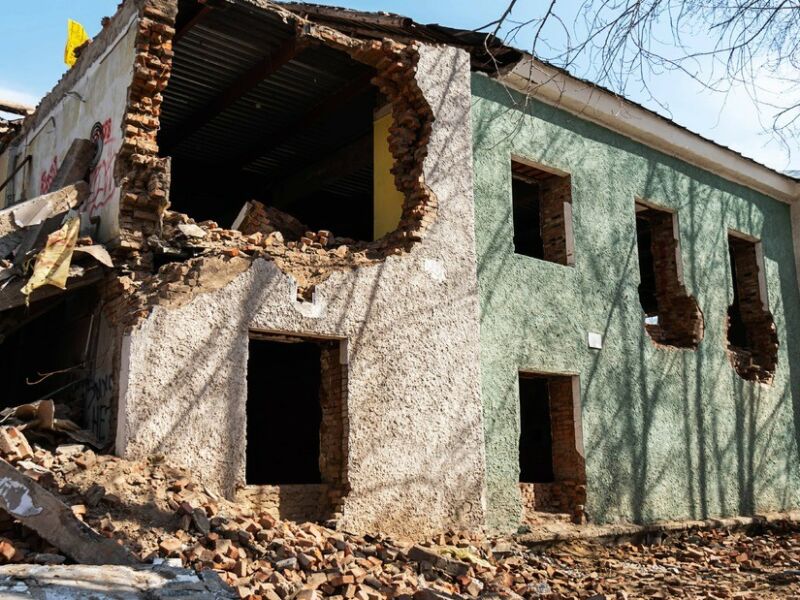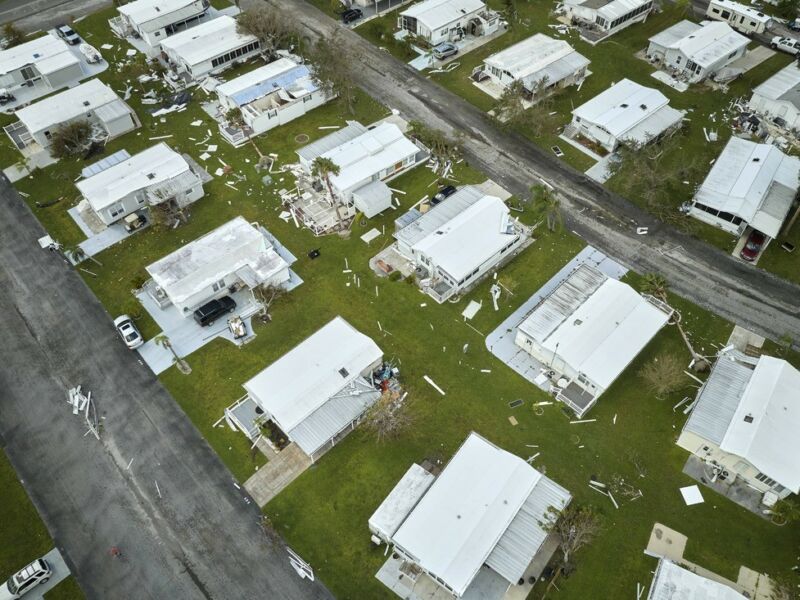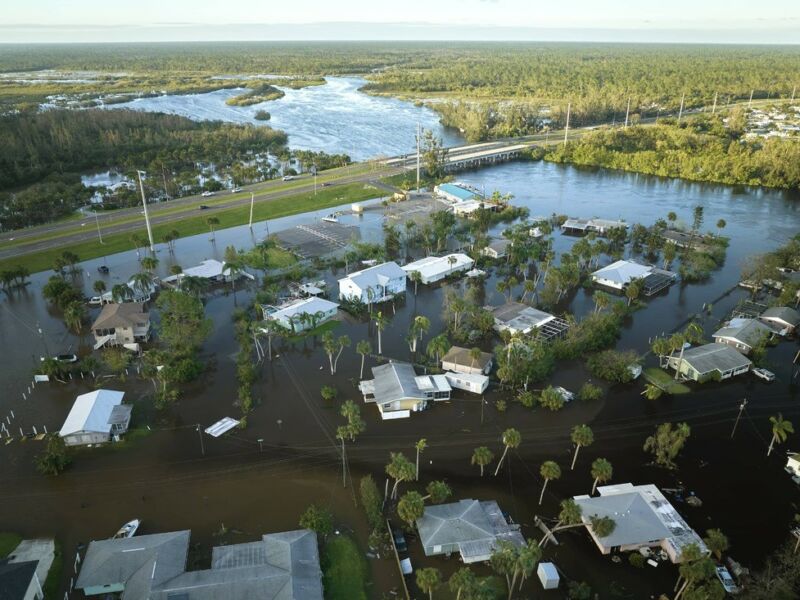
Introduction
Emergency response team training is an essential aspect of preparedness for any organization or community. This comprehensive training equips individuals with the necessary knowledge and skills to effectively respond to and recover from various disasters and emergencies. From natural disasters like storms and floods to human-made incidents like industrial accidents or terrorist attacks, emergency response teams play a crucial role in ensuring the safety and well-being of individuals and minimizing the impact of such events.
The Importance of Emergency Preparedness

Effective emergency response starts with thorough preparedness. Emergency preparedness includes planning, organizing, equipping, and training for potential emergencies. It involves understanding the risks and hazards specific to an area or organization and developing strategies to mitigate these risks and respond effectively when disasters strike.
Proper emergency preparedness ensures that individuals are aware of the potential risks they may face and are equipped with the knowledge and skills to respond appropriately. This includes conducting risk assessments, developing emergency response plans, establishing communication systems, and providing regular training and drills for emergency response teams.
Different Emergency Response Tactics
Emergency response tactics encompass a wide range of strategies and actions that are employed during emergencies to protect lives, property, and the environment. These tactics may vary depending on the type of emergency and the specific circumstances involved. Here are some common emergency response tactics:
1. Evacuation

Evacuation is a critical tactic used when the safety of individuals in a specific location is compromised. It involves moving people away from the affected area to a safe location. Emergency response teams are trained to manage evacuations efficiently, ensuring the orderly and safe removal of individuals from danger zones.
2. Search and Rescue
Search and rescue operations are crucial in situations where individuals are trapped or missing during emergencies. Trained emergency response teams conduct systematic searches, locate and extract individuals, and provide necessary medical attention or support.
3. First Aid and Medical Assistance
Providing immediate medical assistance is a vital aspect of emergency response. Trained responders can administer first aid, evaluate injuries, and stabilize individuals in critical condition until professional medical personnel arrive.
4. Hazardous Materials Response
In incidents involving hazardous materials, emergency response teams equipped with specialized training and protective gear are responsible for containing and mitigating the risks posed by these substances. They ensure the safety of individuals and the environment by implementing appropriate decontamination procedures and preventing further spread or exposure.
5. Damage Assessment and Recovery
After an emergency, damage assessment teams evaluate the impact on infrastructure, buildings, and the environment. This information helps prioritize recovery efforts and allocate resources efficiently for rebuilding and restoration.
The Benefits of Emergency Management and Planning
Emergency management and planning are crucial components of effective emergency response. They involve coordinating and organizing resources, personnel, and activities to respond to emergencies and disasters. Here are some benefits of emergency management and planning:
1. Coordination and Collaboration
Emergency management brings together various stakeholders, including government agencies, organizations, and community groups, to coordinate their efforts during emergencies. This collaboration ensures a unified response and minimizes duplication of resources.
2. Resource Allocation and Utilization
Emergency planning helps identify and allocate the necessary resources and assets required for effective response and recovery. This includes personnel, equipment, supplies, and facilities. Clear plans ensure that resources are utilized efficiently and effectively during emergencies.
3. Timely and Effective Communication
Effective communication is paramount during emergencies. Emergency management systems establish clear communication protocols and channels to facilitate the dissemination of critical information, instructions, and warnings to affected individuals and response teams.
4. Training and Preparedness
Emergency management activities include regular training and preparedness exercises for emergency response teams. These exercises help maintain readiness and enhance the skills and knowledge of responders, ensuring a prompt and effective response during crises.
5. Continuous Improvement and Lessons Learned
Emergency management emphasizes the importance of continuous improvement and learning from past experiences. After each emergency, a thorough evaluation is conducted to identify areas for improvement and implement corrective actions. This process ensures that response strategies and plans are continuously updated and refined.
Frequently Asked Questions (FAQ)
What is emergency response team training?
Why is emergency preparedness important?
What are some common emergency response tactics?
What are the benefits of emergency management and planning?
In conclusion, emergency response team training is crucial for effective disaster response and recovery. It encompasses various emergency response tactics and relies on comprehensive emergency management and planning. By investing in training and preparedness, individuals, organizations, and communities can enhance their ability to respond to emergencies, protect lives, and mitigate the impact of disasters.
For more information about emergency response team training and disaster restoration services, please visit Service Water Restoration Pros.



